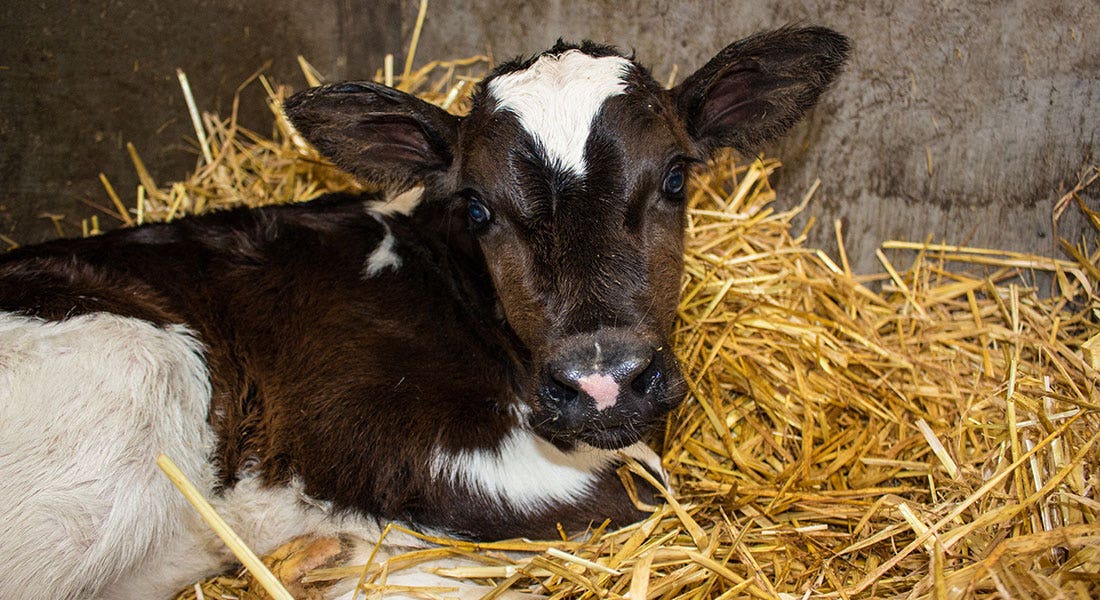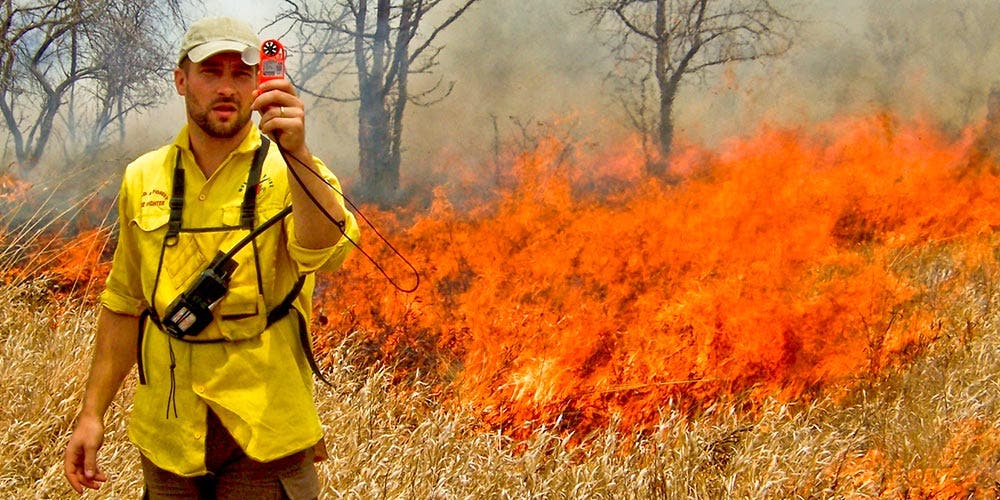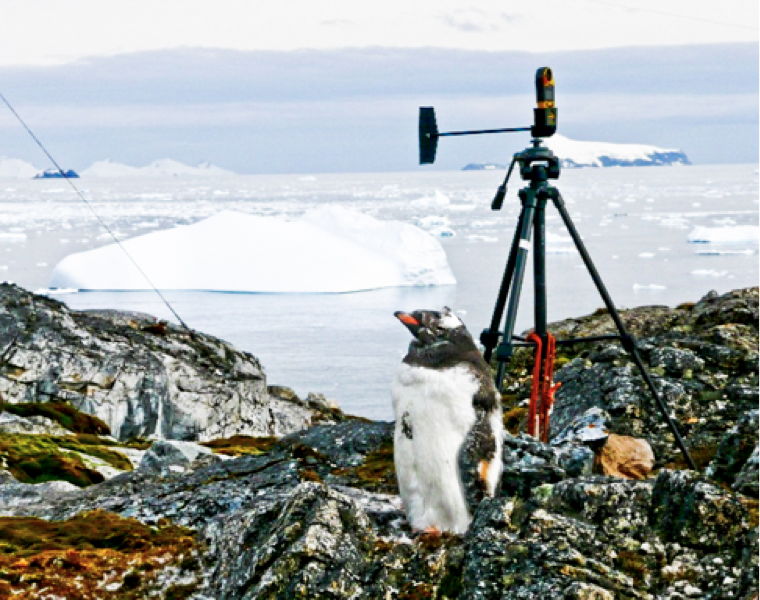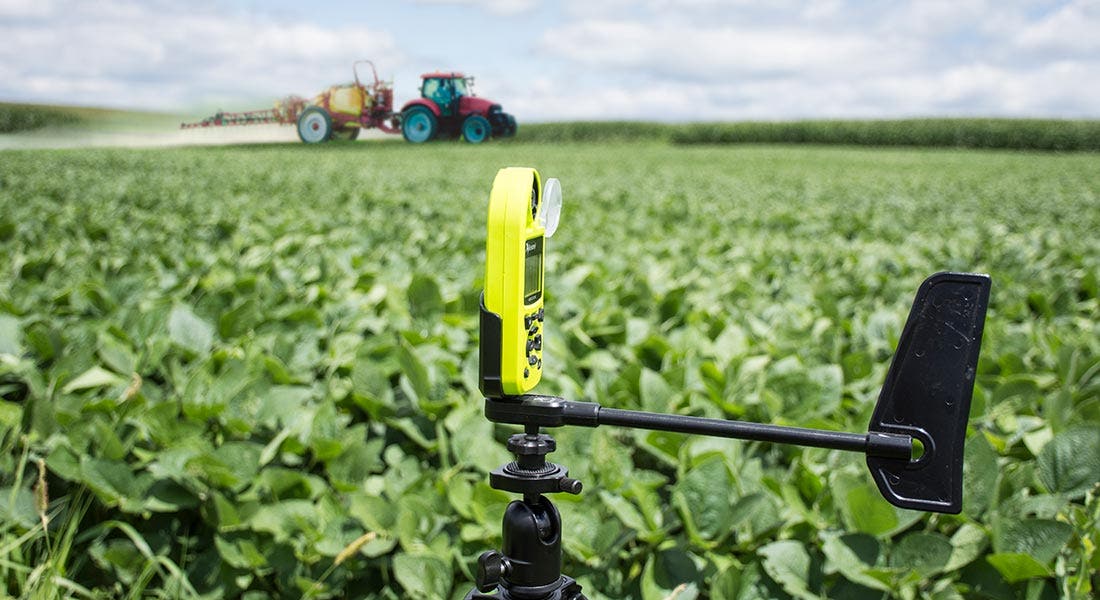Monitor Temperature to Prevent Cold Stress in Calves

As we head into the coldest months of the year, you might be concerned about the comfort and survival of your livestock. This is especially the case when it comes to calves. The USDA estimates that 95,000 calves die each year due to cold stress and hypothermia, which makes their survival challenging for calves born during the winter and early spring. The good news is that weather meters such as the AG Livestock DROP Environmental Monitoring Pack, can provide needed livestock level weather information for farmers to adapt the housing and feeding regimes for their calves in cold winter conditions to keep them safe.
Managing Environmental Stress for Calves
There are numerous factors that play into cold stress in calves, such as diet and even the ability to store antibodies. However, the big picture problem is the environment. Living in a northern climate, you must anticipate cold weather, the threat to calves, and act accordingly. A major piece of the puzzle to keeping your calves alive is managing environmental stress and ensuring that the animals are in the best conditions possible to survive.
Recognizing Environmental Threats
Wet and cold weather poses a high risk of hypothermia or cold stress in calves. When precipitation is combined with cold temperatures, the risk of cold stress becomes even higher. This is due to loss of insulation when the coat becomes muddy or saturated with rain and snow.
Wind is also another dangerous component that leads to cold stress. When the animal’s coat is soaked, the wind can cause a chill effect that further causes the calves to lose body heat.
The three major environmental threats for cold stress in calves include:
- Precipitation
- Temperature
- Wind
With the AG Livestock DROP Environmental Monitoring Pack, it’s easier than ever to track weather and prevent cold stress from occurring in the first place.
How to Prevent Cold Stress with AG Livestock DROP
The AG Livestock DROP Environmental Monitoring Pack is a bundle of three D2AG DROP products. They are easy to hang in barns, hutches and even transportation vehicles to track cold weather conditions.
With the DROP data loggers, you are notified of real-time conditions that are unsafe for calves. You can access readings on iOS and Android devices so you’ll never miss a beat when it comes to the well-being of your livestock.
Farmers can immediately benefit from knowledge of accurate micro-climate data at the hutch and pen level to:
- Identify areas with sub-optimal conditions
- Compare managed livestock environmental conditions with outdoor environment
- Monitor youngstock housing for both hot and cold thermal challenges
- Review your feeding program as a calf’s maintenance requirement increases dramatically as the weather gets cold
- Quantify and measure livestock level conditions prior to making purchasing/remodeling decisions, and more.
Simply put, the AG Livestock DROP Environmental Monitoring Pack allows you to view current and even historic weather conditions in the animal environment, giving you an edge to staying a step ahead of Mother Nature during the coldest conditions.
Learn more about AG Livestock DROP Environmental Monitoring Pack and order yours before the weather turns dangerously cold.










